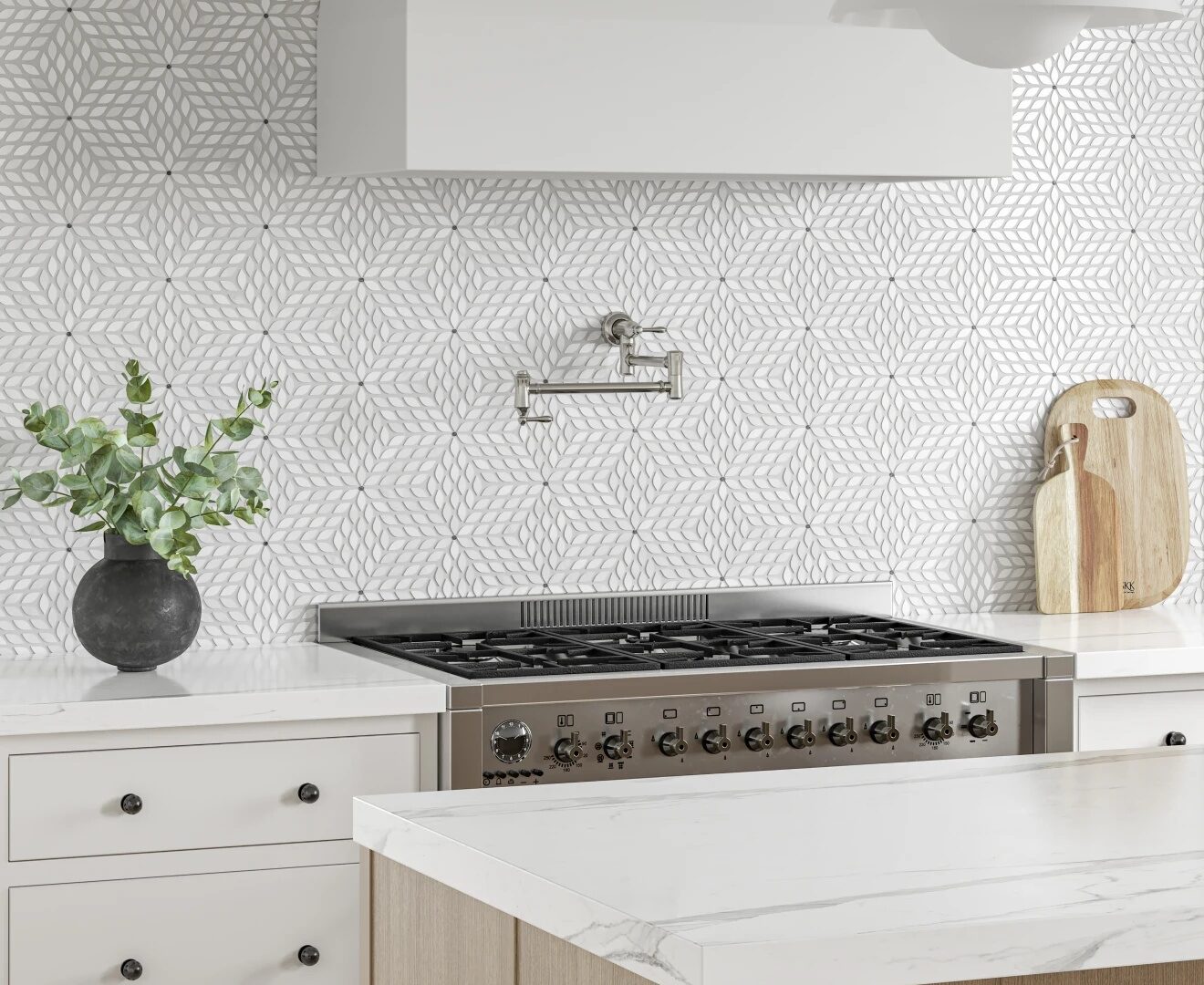Mosaic Tiles: The Art of Creating Patterns in Home Design
Mosaic tiles, with their origins rooted in ancient art, have come a long way in their journey through time. Comprising tiny individual tiles that often come pre-arranged on sheets, these versatile decor elements are a favorite among homeowners and designers alike. They present an opportunity to inject color, texture, and pattern into various spaces, transforming ordinary surfaces into visually striking focal points.
5 Design Tips for Using Mosaic Tiles in Your Living Space
- Decide on a Focal Point: Mosaics are bold and can easily become the star of the show. Use them on a kitchen backsplash, the floor of an entryway, or as a feature wall in a bathroom. However, avoid overwhelming a space by limiting the usage of mosaic tiles to one or two areas per room.
- Scale Matters: The size of the mosaic tiles should match the scale of the space. Smaller mosaics work great in compact areas like bathroom walls or kitchen backsplashes, while larger ones might be better suited for more expansive surfaces, such as a living room feature wall.
- Consider Maintenance: Some mosaics, especially those made from natural stone, may require sealing to prevent staining or moisture damage. In areas prone to spills or moisture, like kitchens or bathrooms, opt for mosaic materials that are easy to clean and maintain.
- Play with Grout: Grout isn’t just functional; it’s a design element. Contrasting grout can emphasize the pattern of the mosaic, while matching grout provides a more seamless look. The width of grout lines can also alter the visual dynamics of the mosaic.
- Blend with Overall Decor: While mosaics are inherently attention-grabbing, they should still harmonize with the broader style and color palette of your home. For instance, a vibrant, multi-colored glass mosaic tile pattern might fit well in a contemporary setting, whereas a muted stone mosaic may be more apt for rustic or traditional interiors.
Types of Mosaic Tile Patterns
Grid: The most straightforward mosaic tile pattern, it involves setting square tiles side by side in a straight line. Though simple, the vast array of available tile colors and materials can make the grid pattern look stunning.
Herringbone: A classic mosaic tile pattern, it arranges rectangular tiles in a zigzag design. This dynamic pattern can add movement to spaces like hallways or backsplashes.
Basket Weave: By interlocking pairs of rectangular tiles, this mosaic tile pattern imitates the look of a woven basket. It’s a traditional pattern with a texture-rich appearance.
Hexagonal: A modern favorite, hexagonal mosaics are perfect for homeowners aiming for a contemporary and geometric aesthetic. They’re particularly trendy for bathroom floors.
Random or Mixed: This mosaic tile pattern involves combining tiles of different sizes, shapes, or colors to create an eclectic and unique design. It’s perfect for those looking to make a bold statement.
Chevron: With pointed, V-shaped patterns, the chevron design offers a sharp, modern look that draws the eye. It’s popular for both walls and floors.
Penny Rounds: These are small, round tiles that evoke a retro vibe. They’re a hit in both vintage-inspired and modern homes due to their playful nature.
Mosaic tiles open up a realm of creative possibilities. Their inherent flexibility in terms of color, material, and pattern allows homeowners to craft spaces that reflect personal style and taste. Whether you’re aiming for subtle elegance or bold dynamism, mosaics provide the tools to achieve your design vision. Remember, the key lies in balance—let the mosaics shine, but ensure they resonate harmoniously with the broader design narrative of your home.

